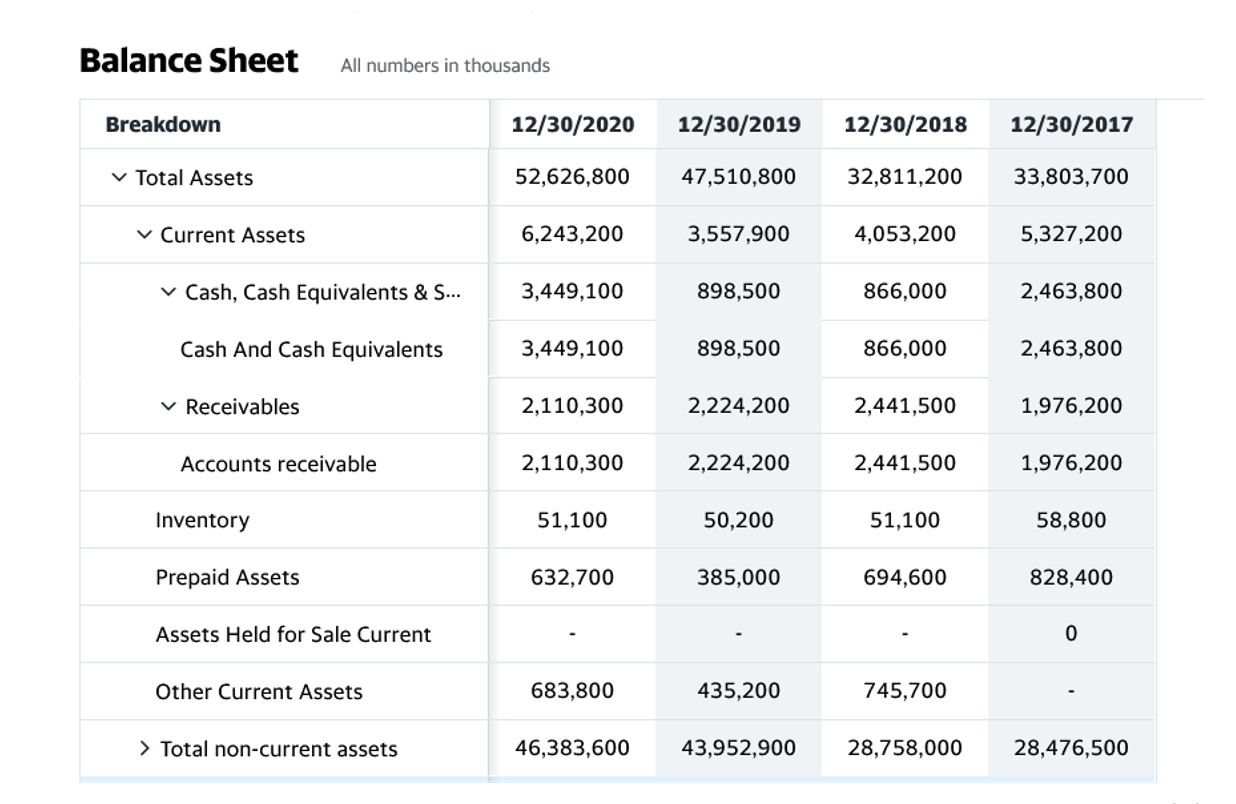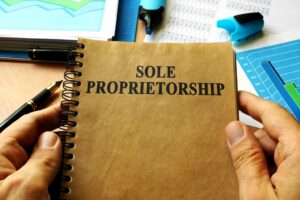Bookkeeping
Essentials of Accounting in an ERP: Manufacturing Accounting 101 Blog

In situations where there is work in process involved, adjustment needs to be made to convert production units into equivalent units. This technique is more fully discussed in our post on equivalent units of production weighted average https://www.bookstime.com/articles/property-management-accounting process costing. This method allows manufacturers to compare expenses against these standards to identify inefficiencies and variances. While beneficial for budgeting and planning, regular updates are required to remain accurate, particularly in volatile markets. This process demands in-depth knowledge of manufacturing cycles and precise accounting techniques. Effective WIP management helps manufacturers maintain an accurate inventory valuation.
4.1 Understanding Journal Entry Creation

When investing in manufacturing accounting software, it’s important to find a system that contains all the features you need – and not too many that you’ll never use. If manufacturing accounting process the software is too complex or too time-consuming to implement, you can end up without seeing any return on the investment. Manufacturing overhead costs are indirect costs that are incurred during a particular accounting period but cannot easily be accounted for on a per-unit basis.

4.3 Setting Processing Options for Manufacturing Accounting Journal Entries (R31802A)
For example, if material costs exceed your forecast, it may indicate supplier price increases, excessive waste, or inefficiencies in the production process. Overhead variances can expose inaccurate cost allocations or rising utility and maintenance expenses that require further scrutiny. For standard costing, you can use processing options to specify whether the general ledger class code for inventory issue transactions is retrieved from the issue location or from the item branch record for the item. Defining accounts for inventory cost enables you to more specifically track customer inventory, for example, as opposed to single-owner inventory. Keeping accurate financial records is vital for any business, but manufacturing is even more essential. Manufacturing accounting is a specialized field that requires a deeper understanding of the industry and its unique processes and costs.

Top Benefits of Automating Purchase Requisitions for Your Business
- There are different concepts in accounting for manufacturing than in general business.
- They help organizations assess the effectiveness of their financial controls and identify areas for improvement.
- Since WIP exists in various stages of completion, applying a reasonable estimation of completion percentage is crucial for accuracy.
- It will avoid a situation where you have too much inventory (which costs money) or, even worse, not enough inventory, where you cannot fulfill the requirements of your customers.
- Steve is a trained content and copywriter for the industrial, electrical, and safety markets, based in the United States.
- These variances can arise from factors like fluctuations in material prices, changes in labor efficiency, or unexpected equipment breakdowns.
The income statement is a crucial financial document for businesses in the manufacturing industry, as it provides a summary of revenues and expenses over bookkeeping a specific period. This statement helps manufacturers assess their operational efficiency by detailing how much profit or loss was generated from their core activities. By analyzing the income statement, management can make informed decisions about cost control and pricing strategies. Modern accounting software, such as QuickBooks Enterprise and Microsoft Dynamics 365, offers real-time data analysis and cost tracking, enabling data-driven decisions. These tools automate the allocation process, reducing human error and increasing efficiency.
- Xero’s features include invoicing, payroll processing, and financial reporting, all designed to help you understand your business’s financial health better and make informed decisions based on relevant financial data.
- Please do not copy, reproduce, modify, distribute or disburse without express consent from Sage.These articles and related content is provided as a general guidance for informational purposes only.
- To avoid simultaneous processing of the same records, the system reserves (locks) records for processing by any other manufacturing program.
- Furthermore, detailed financial reporting allows for better budgeting and forecasting, ensuring that resources are allocated effectively.
- You set up these types if you want the system to edit values against a format requirement rather than a specific value.
Best Practices for Controlling Production Costs
- They are the lowest organizational level within your business and the level at which you account for all revenues, expenses, assets, liabilities, and equity.
- Implementing robust accounting practices can improve the business performance of manufacturing companies.
- Variance analysis allows businesses to compare budgeted figures with actual performance, providing insights into areas that require attention or adjustment.
- You can also report on subledgers across accounts (for example, all accounting activity by asset ID or by work order number).
- Errors in WIP valuation can distort profitability, affect tax liabilities, and misrepresent a company’s true financial position.
Accountancy in the manufacturing context refers to the systematic process of recording, analyzing, and reporting financial transactions related to the production of goods. This discipline plays a crucial role in tracking costs, revenues, and profitability, enabling manufacturers to make informed decisions. By providing insights into operational efficiency, accountancy helps businesses optimize their resources and improve overall performance. The importance of manufacturing accounting lies in its ability to equip businesses with the necessary tools to manage finances effectively.
5.3 Setting Processing Options for Production Cost Inquiry (P
By setting predetermined costs for materials, labor, and overhead, companies create a baseline against which actual performance is measured. This method simplifies budgeting and aids in identifying discrepancies between expected and actual costs. For instance, a company producing electronic devices might establish a standard cost for each component, factoring in historical data and market trends. By understanding and applying these inventory valuation and production costing methods, manufacturers can ensure accurate financial reporting and effective cost management.

Costing Methods for Manufacturing & Inventory
Sage 100cloud assists in maintaining effective accounting practices and accurate accounting records, which are crucial for meeting the financial and legal challenges of manufacturing. Subscription costs vary depending on the modules selected and the scale of your operations. Establish a routine for generating financial reports such as income statements, balance sheets, and cash flow statements. Conduct monthly reviews to identify trends, monitor performance against budgets, and make informed business decisions. Continuously improve your manufacturing accounting system by staying updated on industry trends and technological advancements. Explore cloud-based accounting solutions that offer real-time data access and scalability.

Identifying and Managing Product Cost Outliers – A Deep Dive into Manufacturing Cost Analysis
Configure the chart of accounts to include specific accounts for raw materials, finished goods, manufacturing overhead, direct labor, and manufacturing-related expenses. If you have a business of manufacturing then you must understand that accounting is different here than traditional types. There are different concepts in accounting for manufacturing than in general business. The core concepts of the manufacturing business involve dealing with the cost of goods sold and inventory valuation. A lot of finished products are produced from the raw materials in the manufacturing company.
This financial discipline is essential for achieving operational excellence and sustaining competitive advantage in a dynamic market. The distinction between absorption and variable costing lies in how each method treats fixed manufacturing overhead costs. Absorption costing, or full costing, allocates all manufacturing costs—both fixed and variable—across units produced. This approach aligns with generally accepted accounting principles (GAAP) and presents a comprehensive view of production costs. By incorporating fixed costs into product expenses, absorption costing provides a complete picture of inventory value, advantageous for financial reporting and compliance. Manufacturing cost accounting is essential for the financial health of production-oriented businesses.